This article was medically reviewed by Troy A. Miles, MD. Dr. Miles is an Orthopedic Surgeon specializing in Adult Joint Reconstruction in California. He received his MD from the Albert Einstein College of Medicine in 2010, followed by a residency at the Oregon Health & Science University and fellowship at the University of California, Davis. He is a Diplomat of the American Board of Orthopaedic Surgery and is a member of the American Association of Hip and Knee Surgeons, American Orthopaedic Association, American Association of Orthopaedic Surgery, and the North Pacific Orthopaedic Society.
There are 11 references cited in this article, which can be found at the bottom of the page.
This article has been viewed 48,679 times.
Experts say that osteoarthritis (OA) is the most common form of arthritis, and it most often affects your hands, knees, hips, and spine.[1] OA develops when the protective cartilage between your joints wears down, which causes joint pain, stiffness, and swelling. Research suggests that exercise may improve your arthritis, but you might struggle to be active because you're in pain.[2] Fortunately, wearing a good pair of shoes might help manage OA joint pain in your knees, feet, and ankles.
Steps
General Guidelines for Choosing Comfortable Shoes
-
1Try on lots of options. It's a good idea to start your shoe search at a store that has a wide selection of shoes. More options means better chances for finding comfortable, supportive shoes. Shopping at a store where the staff is very knowledgeable about fitting shoes properly will also be helpful.[3]
- Keep in mind that just because a shoe is marketed as a "comfort shoe" does not mean that it will be right for you. There is no one shoe that works for everyone with osteoarthritis, so it's best to try on many different options.
- You may find that it is worth it for you to invest in an expensive pair of shoes if they improve your pain, but less expensive options may work just as well.
-
2Pay attention to your gait. The way you walk is a huge factor to consider when determining what kind of shoes will be right for you. Try taking a look at the soles of a pair of shoes you have been wearing for a while. If you notice that they are unevenly worn, you may have an abnormal gait that needs to be corrected.[4]
- If the outer edges are worn more, you may have flat feet, in which case you might benefit from shoes with lots of arch support. If the inner edges are more worn, you probably have high arches, which means you may want to avoid an overly structured foot bed.
- A podiatrist or orthopedist can help you identify problems with your gait that might be contributing to your osteoarthritis pain. Most specialty running stores have someone who can perform a gait analysis and recommend the appropriate shoes.
Advertisement -
3Avoid high heels. These can cause unnecessary stress on your feet, ankles, knees, and hips. They are not good for anyone's joints, but they are an especially bad choice for someone who suffers from OA.[5]
- High heels are generally defined as shoes with a heel taller than two inches. Even shoes with shorter heels can worsen your osteoarthritis pain, but higher heels typically cause more problems.
-
4Test them out. Take some time at the shoe store to walk around in several different pairs of shoes. Purchase the shoes only if you feel completely comfortable after walking around the store.
-
5Try adding insoles. If your favorite pair of shoes is causing you discomfort, try adding orthotic insoles to them. Orthotics can reduce your pain by providing additional support, redistributing your weight, and correcting your gait.[6]
- Your podiatrist can provide you with custom orthotics that last for about five years for an average of $400–$800.
- You can also try buying store-bought inserts, although these might not provide you with the same level of relief because they will not be customized to your feet.[7] If you go with this option, choose ones that are supportive. Ones that are gel-based (such as Dr. Scholls) can actually make your feet achier and add more pain.
Choosing Shoes for Osteoarthritis in Your Knees
-
1Look for shoes that absorb shock. Try to go for shoes with a cushioned surface for your feet to lessen impact on your joints.[8]
-
2Avoid heavy soles. Although they may be a good choice for individuals with arthritis in other joints, shoes with very heavy soles like clogs and stability athletic shoes can actually worsen pain in the knees. This may be due to the way these shoes alter the gait, which may increase the pressure on the knees.[9]
-
3Try flexible walking shoes. Flat walking shoes that have a bit of flex to the sole are ideal for people who suffer from osteoarthritis in their knees. Unlike shoes with heavy soles, these will not cause unnecessary strain on your knee joint.[10]
- Be sure the sole is not so flexible that it easily contorts out of shape. You will still benefit from some arch support, which provides shock absorption.
-
4Give less supportive shoes a try. While it may sound counterintuitive, shoes like flip flops may actually be more comfortable for people with knee pain than overly supportive shoes like clogs because they create less strain for the knee joint.[11]
- You may even be able to walk comfortably barefoot, as long as you're walking on a safe surface.
Choosing Shoes for Osteoarthritis in Your Feet and Ankles
-
1Wear supportive boots. If you have pain in your ankles, boots can provide the support you need. Look for fashion and hiking boots that extend just above your ankle and provide support to stop your ankle from wobbling. If your ankle is firmly supported, this will limit the movement in that joint, making walking less painful.
- Make sure the boots are not so tight around your ankles that they prevent you from walking normally.
-
2Avoid open-backed shoes. When you wear shoes with open backs, your toes have to grip the soles of the shoes, which can cause pain and discomfort in your feet. If you plan on wearing clogs or sandals, choose ones that have full backs or straps to hold your heels in place.[12]
- Flip flops are especially bad because they provide very little stability.
-
3Look for wide shoes. Osteoarthritis can cause bone spurs and bunions to develop at the base of the big toe. Wider shoes are often more comfortable for people who have OA in their feet because they do not rub against these tender areas.[13]
- Box toe shoes are often much more comfortable than shoes that have a pointy toe.
-
4Be aware of where the shoe binds. Many people who have osteoarthritis develop bone spurs on the tops of the feet. The pain from these bone spurs can be exacerbated if your shoe binds tightly in the same area. Try to avoid shoes that have laces or buckles in areas where you have bone spurs.[14]
- Shoes with laces and adjustable straps are better than those with fixed buckles because they can be loosened to alleviate the pain. Just be sure they are fastened tight enough that your ankle is stable.[15]
-
5Make sure they don't restrict your feet. Your shoes should not pinch your feet or contort them into an unnatural shape. Make sure you have at least one centimeter between your longest toe and the front of the shoe. They should also be roomy enough that they do not pinch your feet when they swell slightly.[16]
References
- ↑ https://my.clevelandclinic.org/health/diseases/5599-osteoarthritis
- ↑ https://www.cdc.gov/arthritis/basics/osteoarthritis.htm
- ↑ https://www.versusarthritis.org/about-arthritis/conditions/osteoarthritis/
- ↑ https://stanfordmedicine25.stanford.edu/the25/gait.html
- ↑ http://blog.arthritis.org/living-with-arthritis/shoes-for-arthritis/
- ↑ http://www.arthritis.org/living-with-arthritis/pain-management/joint-protection/foot-pain-shoe-inserts.php/
- ↑ http://blog.arthritis.org/living-with-arthritis/shoes-for-arthritis/
- ↑ http://exerciseismedicine.org/assets/page_documents/EIM%20Rx%20series_Exercising%20with%20Osteoarthritis.pdf
- ↑ http://blog.arthritis.org/living-with-arthritis/shoes-for-arthritis/
- ↑ http://blog.arthritis.org/living-with-arthritis/shoes-for-arthritis/
- ↑ http://www.ncbi.nlm.nih.gov/pmc/articles/PMC3132870/
- ↑ http://blog.arthritis.org/living-with-arthritis/shoes-for-arthritis/
- ↑ https://creakyjoints.org/living-with-arthritis/how-to-pick-best-shoes-for-arthritis/
- ↑ http://www.webmd.com/osteoarthritis/guide/arthritis-footcare-shoes
- ↑ http://www.scpod.org/foot-health/common-foot-problems/osteoarthritis/
- ↑ http://www.scpod.org/foot-health/common-foot-problems/osteoarthritis/
- ↑ http://www.ncbi.nlm.nih.gov/pmc/articles/PMC3132870/

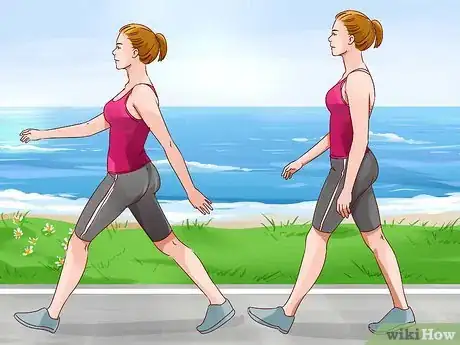
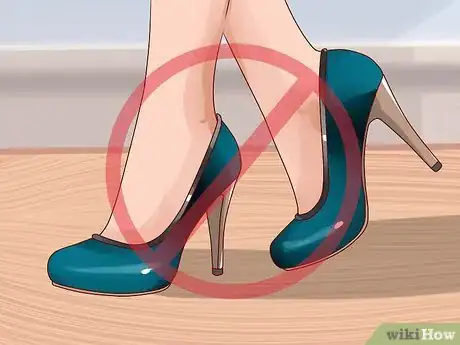


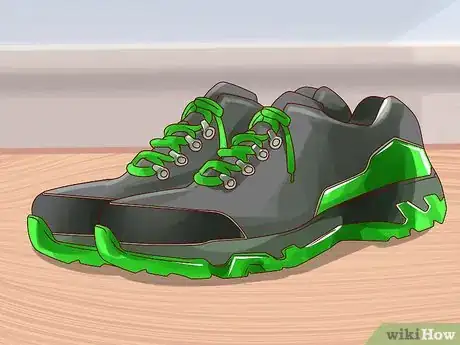
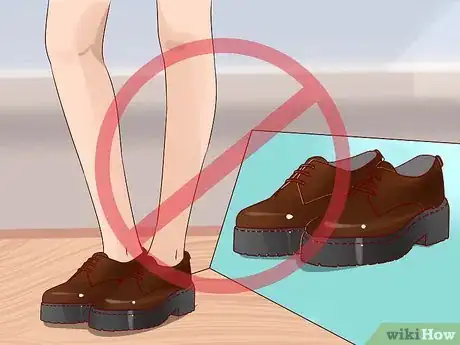
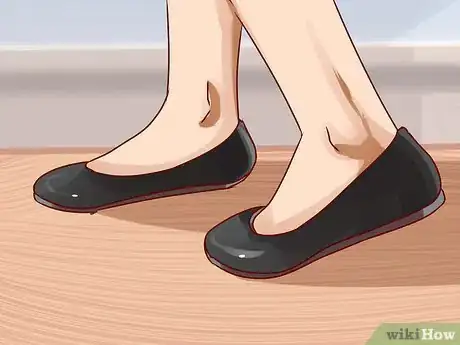
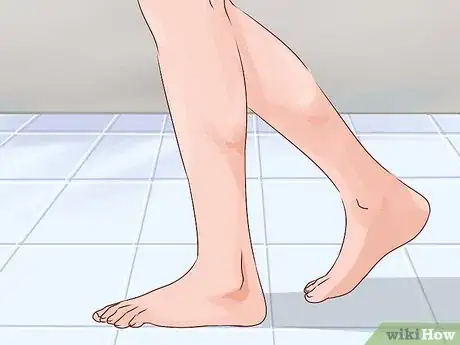

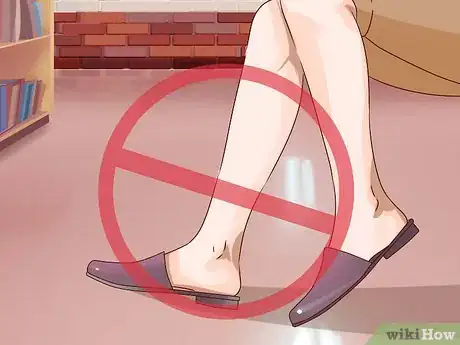


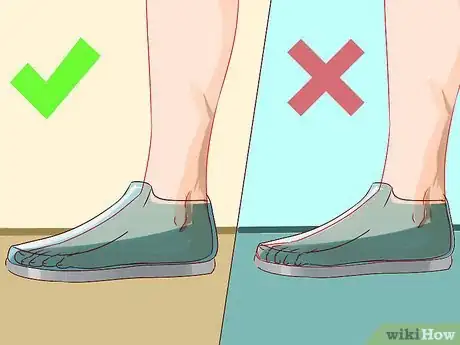


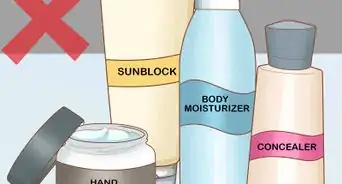







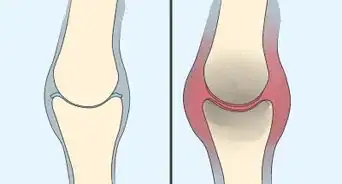
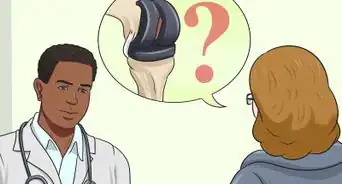
















































Medical Disclaimer
The content of this article is not intended to be a substitute for professional medical advice, examination, diagnosis, or treatment. You should always contact your doctor or other qualified healthcare professional before starting, changing, or stopping any kind of health treatment.
Read More...